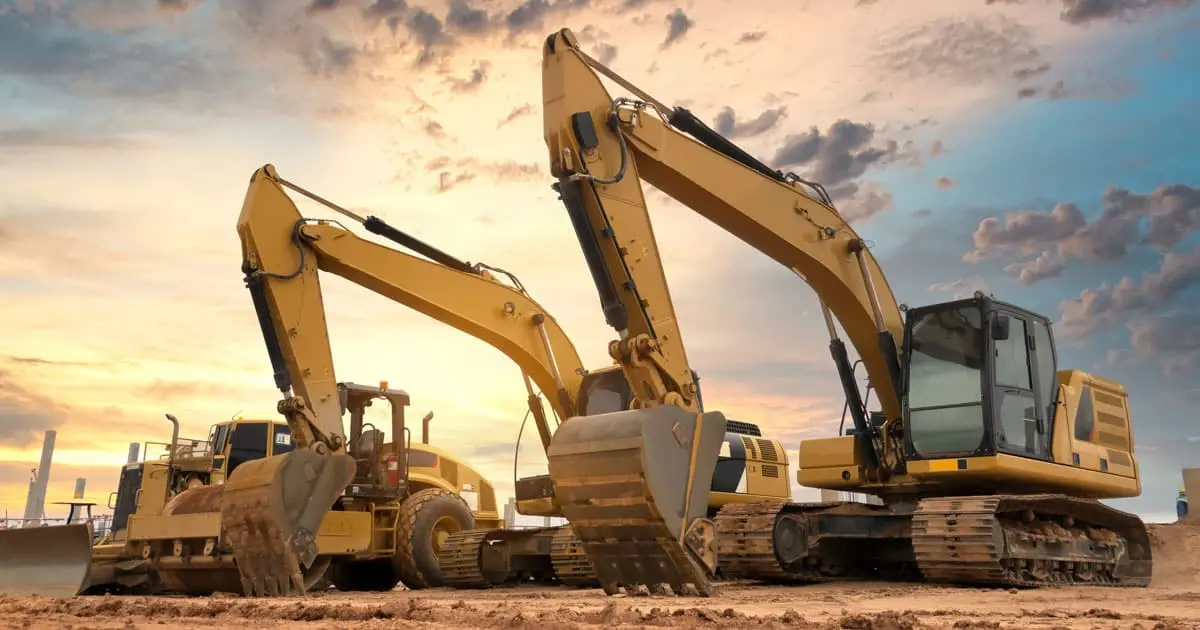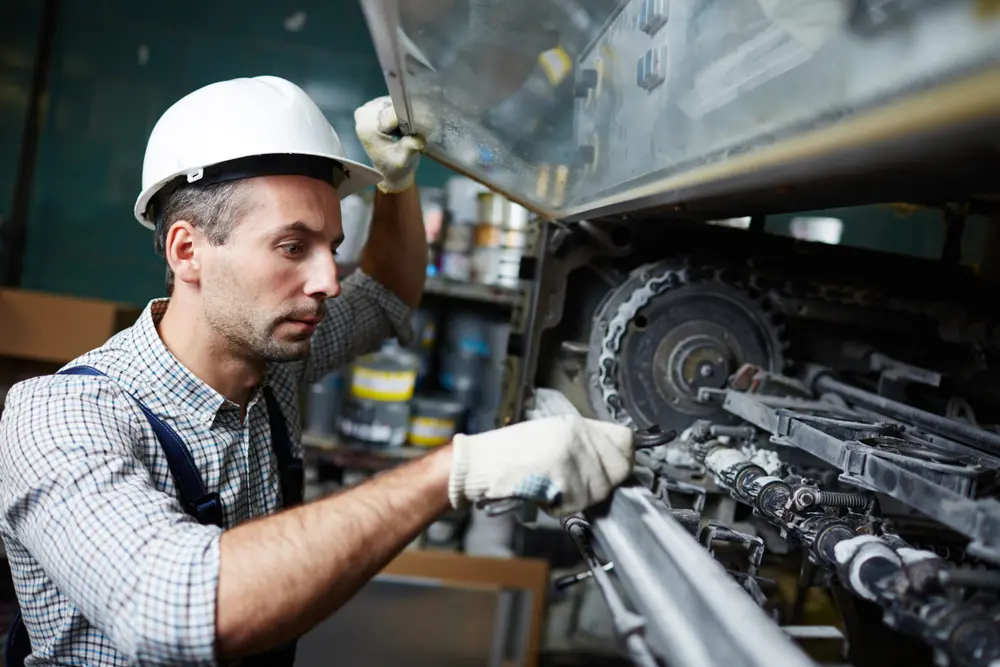With rapid advancements in automation, AI, and sustainability, businesses in 2025 must carefully evaluate their options to stay competitive. This guide provides data-driven insights and key considerations to help you make informed purchasing decisions.

1. Assess Your Business Needs
Before investing in new equipment, conduct a thorough operational audit to determine:
- Production volume requirements – Will the equipment handle current and future demand?
- Energy efficiency needs – With rising electricity costs (projected to increase by 4.2% in 2025, per U.S. Energy Information Administration), energy-efficient machinery can save 15–30% in operational costs.
- Automation compatibility – 57% of U.S. manufacturers now integrate AI-driven predictive maintenance (McKinsey, 2025).
Key Question: *Does this equipment align with your 3–5-year business goals?*
2. Compare New vs. Refurbished Equipment
New Equipment Benefits:
- Latest technology (IoT sensors, AI optimization)
- Full warranty coverage (reducing downtime risks)
- Higher efficiency – New CNC machines, for example, can reduce waste by 20% (National Institute of Standards and Technology, 2024).
Refurbished Equipment Benefits:
- Cost savings (30–50% cheaper than new)
- Faster availability – Lead times for new machinery have increased by 18% since 2023 (Deloitte, 2025).
- Certified refurbished options – Many OEMs now offer extended warranties on refurbished units.
Best For: Small to mid-sized businesses with budget constraints.
3. Evaluate Total Cost of Ownership (TCO)
Beyond the purchase price, consider:
- Maintenance costs – Predictive maintenance can reduce breakdowns by 45% (PwC, 2025).
- Energy consumption – Look for ENERGY STAR®-certified equipment to cut power bills.
- Resale value – Some industrial robots retain 60–70% of value after 5 years (International Federation of Robotics, 2024).
Example: A $50,000 machine with $5,000/year in energy savings may be cheaper long-term than a $40,000 inefficient model.
4. Prioritize Smart & Connected Machinery
The Industrial Internet of Things (IIoT) is transforming equipment performance:
- Real-time monitoring reduces unplanned downtime by 30% (GE Digital, 2025).
- AI-driven analytics optimize production schedules, improving output by 12–18% (Boston Consulting Group, 2024).
- Remote diagnostics allow technicians to troubleshoot issues without on-site visits.
Must-Have Features in 2025:
✔ IoT sensors for predictive maintenance
✔ Cloud-based performance tracking
✔ Compatibility with existing automation systems
5. Consider Leasing vs. Buying
Buying Pros:
- Long-term cost efficiency for stable production needs
- Asset ownership (can be used as collateral)
Leasing Pros:
- Lower upfront costs – Preserves capital for other investments
- Flexibility to upgrade – Critical for industries with rapid tech advancements
- Tax benefits – Lease payments may be deductible as operating expenses
Trend: 42% of U.S. manufacturers now lease equipment to stay agile (Equipment Leasing & Finance Association, 2025).

6. Verify Supplier Reliability
A trusted supplier ensures quality, support, and longevity. Check:
- Customer reviews (Google, industry forums)
- Warranty & service agreements – Look for 24/7 support options
- Compliance with U.S. safety standards (OSHA, ANSI)
Red Flags:
❌ No clear maintenance support
❌ Lack of spare parts availability
❌ Poor after-sales service response
7. Explore Government Incentives & Financing
The U.S. government offers programs to offset costs:
- Section 179 Tax Deduction – Write off up to $1.2 million in equipment purchases (IRS, 2025).
- Energy-Efficient Commercial Buildings Deduction – Save $1.80/sq. ft. for qualifying upgrades.
- Small Business Administration (SBA) loans – Low-interest financing options.
Tip: Consult a tax professional to maximize savings.
Key Takeaways for 2025 Purchases
✅ Match equipment to long-term business needs
✅ Compare new vs. refurbished options
✅ Calculate TCO (not just upfront cost)
✅ Prioritize smart, connected machinery
✅ Consider leasing for flexibility
✅ Choose reputable suppliers
✅ Leverage tax incentives
By following these guidelines, businesses can secure high-performance, cost-effective industrial equipment that drives growth in 2025’s competitive market.
Need expert advice? [Contact our industrial equipment specialists today!] (CTA)
